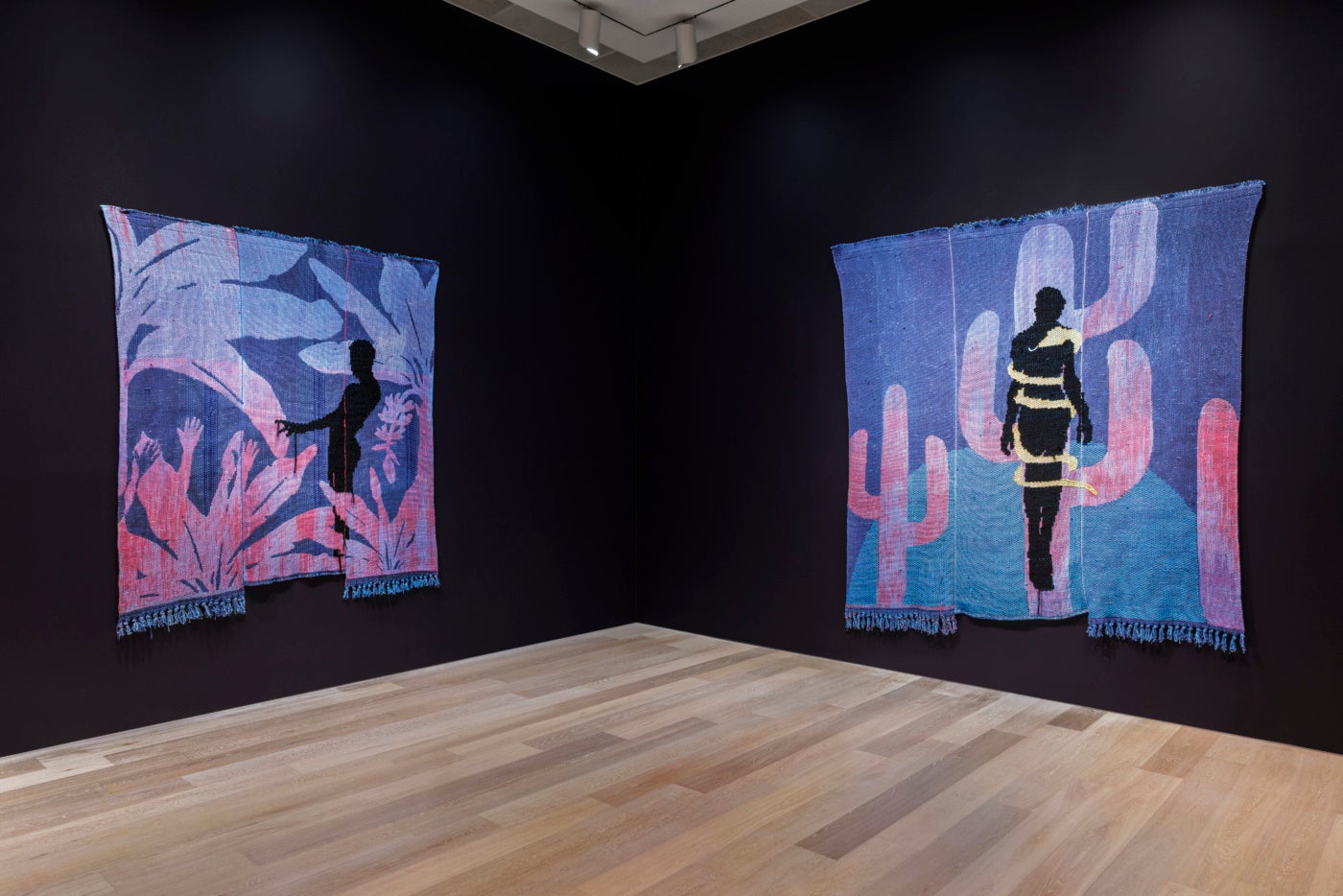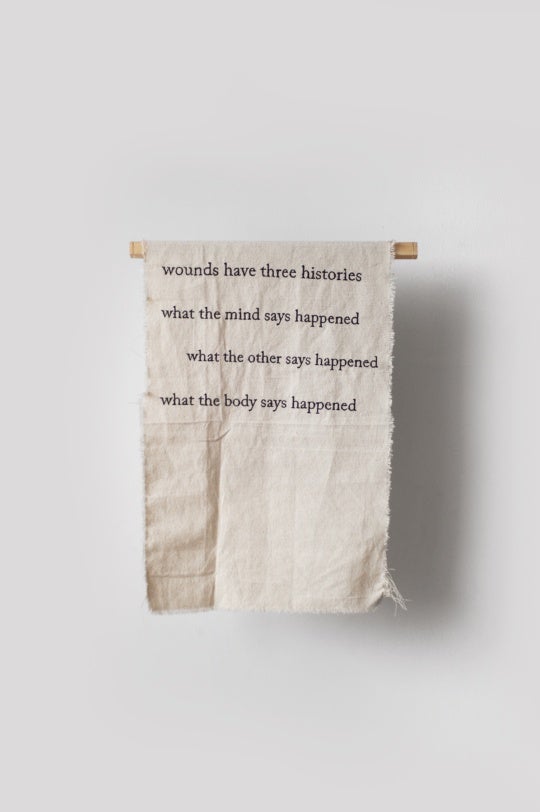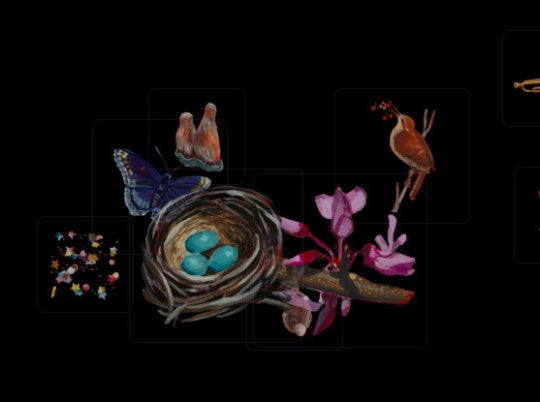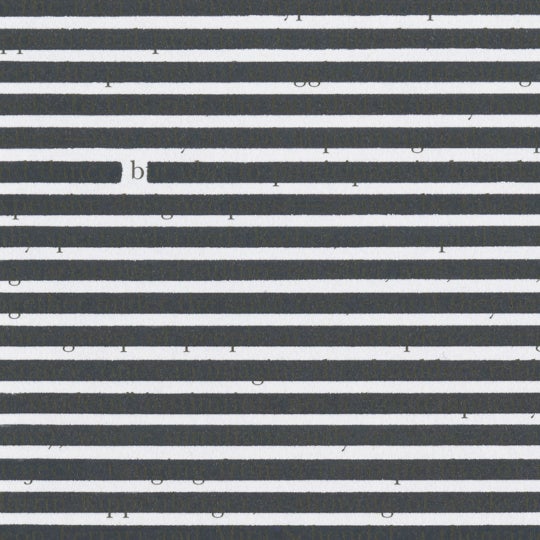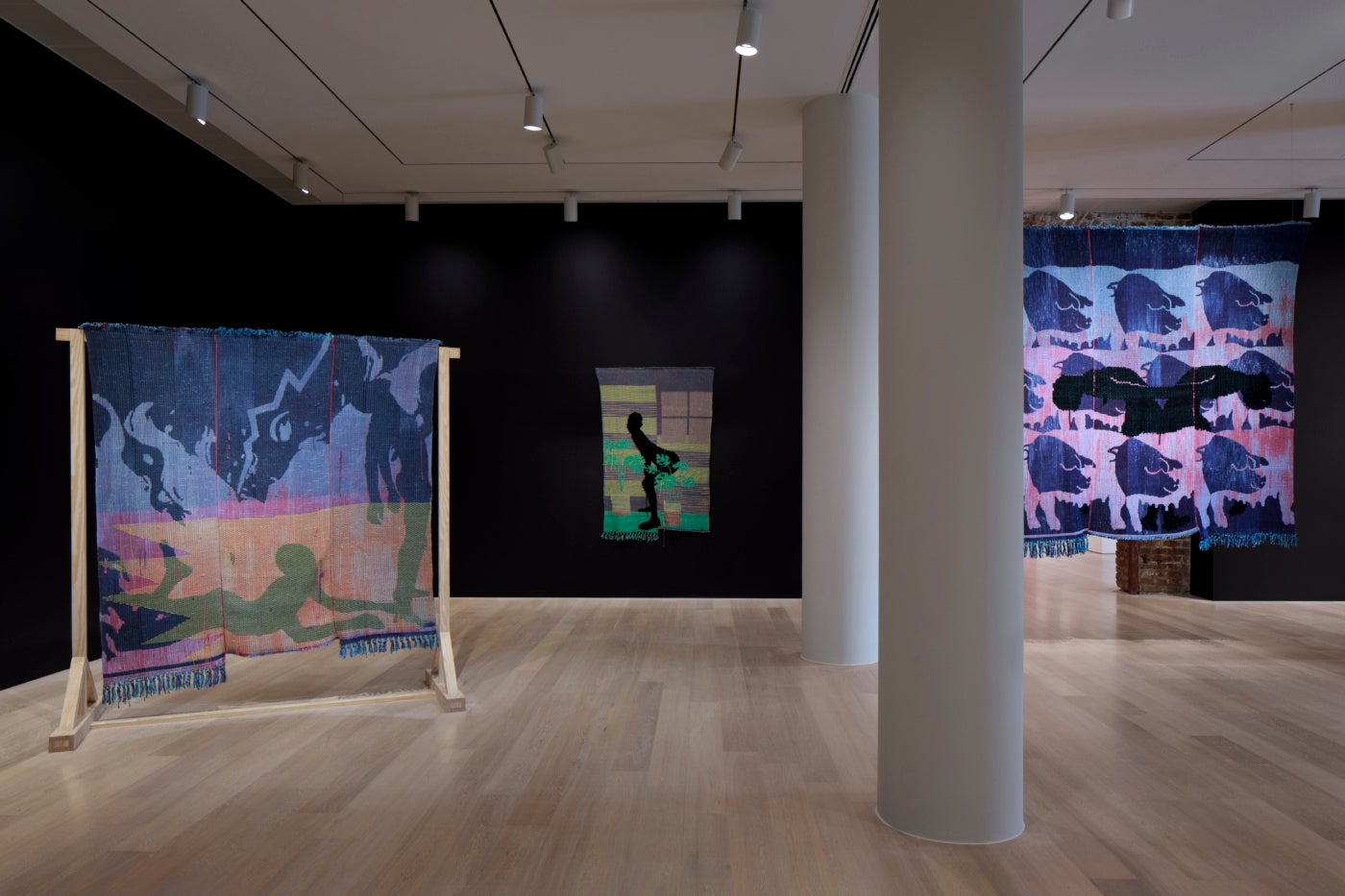
Large-scale, hand-dyed cotton tapestries evoke tradition. Diedrick Brackens reckons the history of the material in the United States with contemporary imagery. In the shape of survival, Brackens exhibits ten such works in the Walter and Linda Evans Center for African American Studies at the SCAD Museum of Art. These works successfully unify a contemporary voice with the tradition of folklore textiles in the South.
Savannah, once a hub for cotton production, is now recognized for its rich art community. Today, the SCAD Museum of Art (MoA) hosts a variety of exhibitions in a building that was once a railway depot constructed in 1853. Throughout Savannah, the history of a space is a palpable part of its present-day narrative. Brackens was born in Texas and currently resides in Los Angeles. His work, shown in SCAD MoA builds on a significant history of textile art in the South through his process and motifs.
While Brackens has previously worked with visual abstraction, the shape of survival delves into the expressiveness of the figure. These works were primarily created in the past two years, though one dates back to 2021. In some, bodies are floating in constructed space. In others, the significance of the piece is how two or more bodies interact with one another—one body guiding the other, mirroring the other, overlapping with the other. The work is lively and colorful. The bodies are positioned in active postures, as if dancing across the frame.
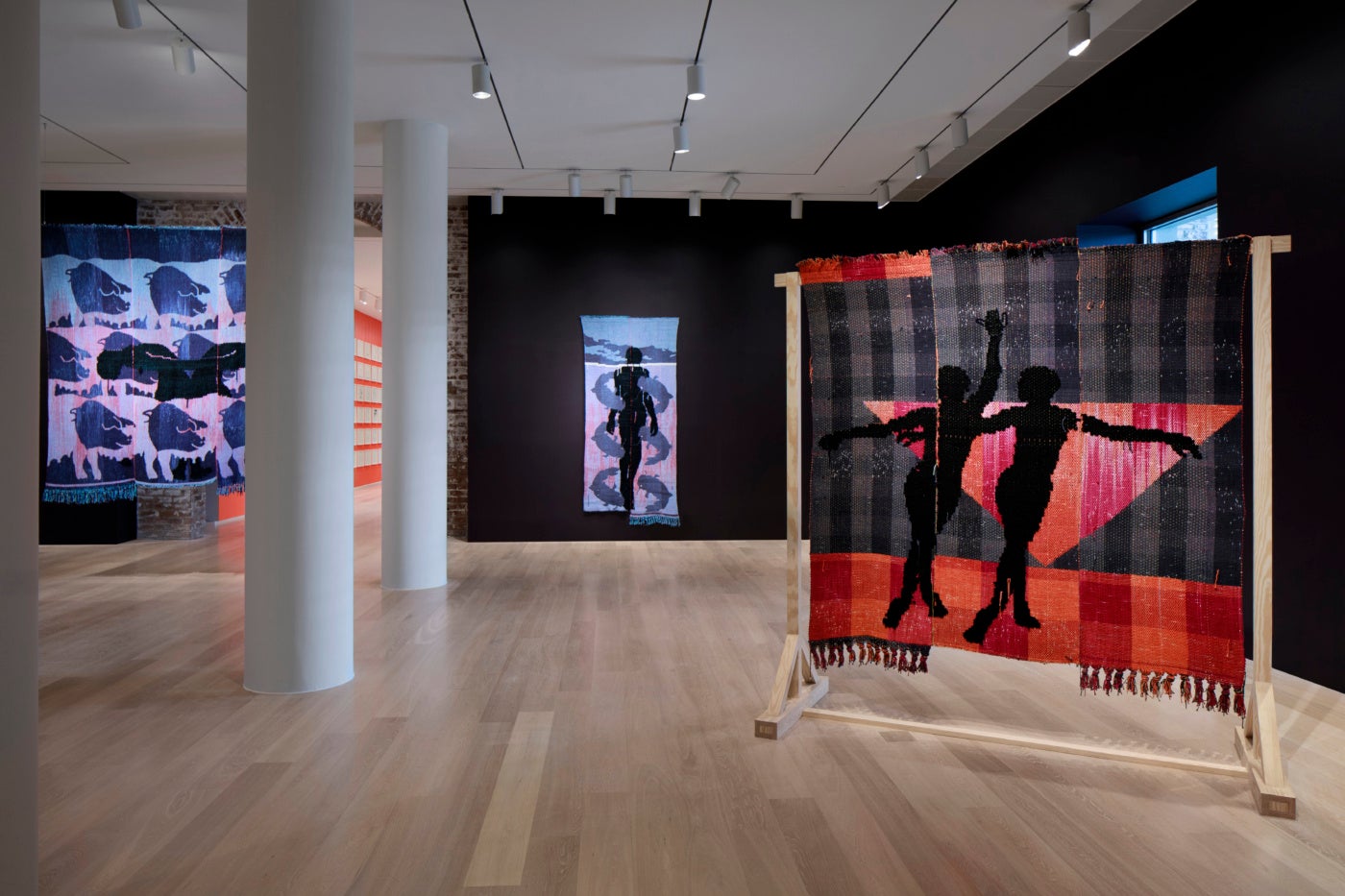
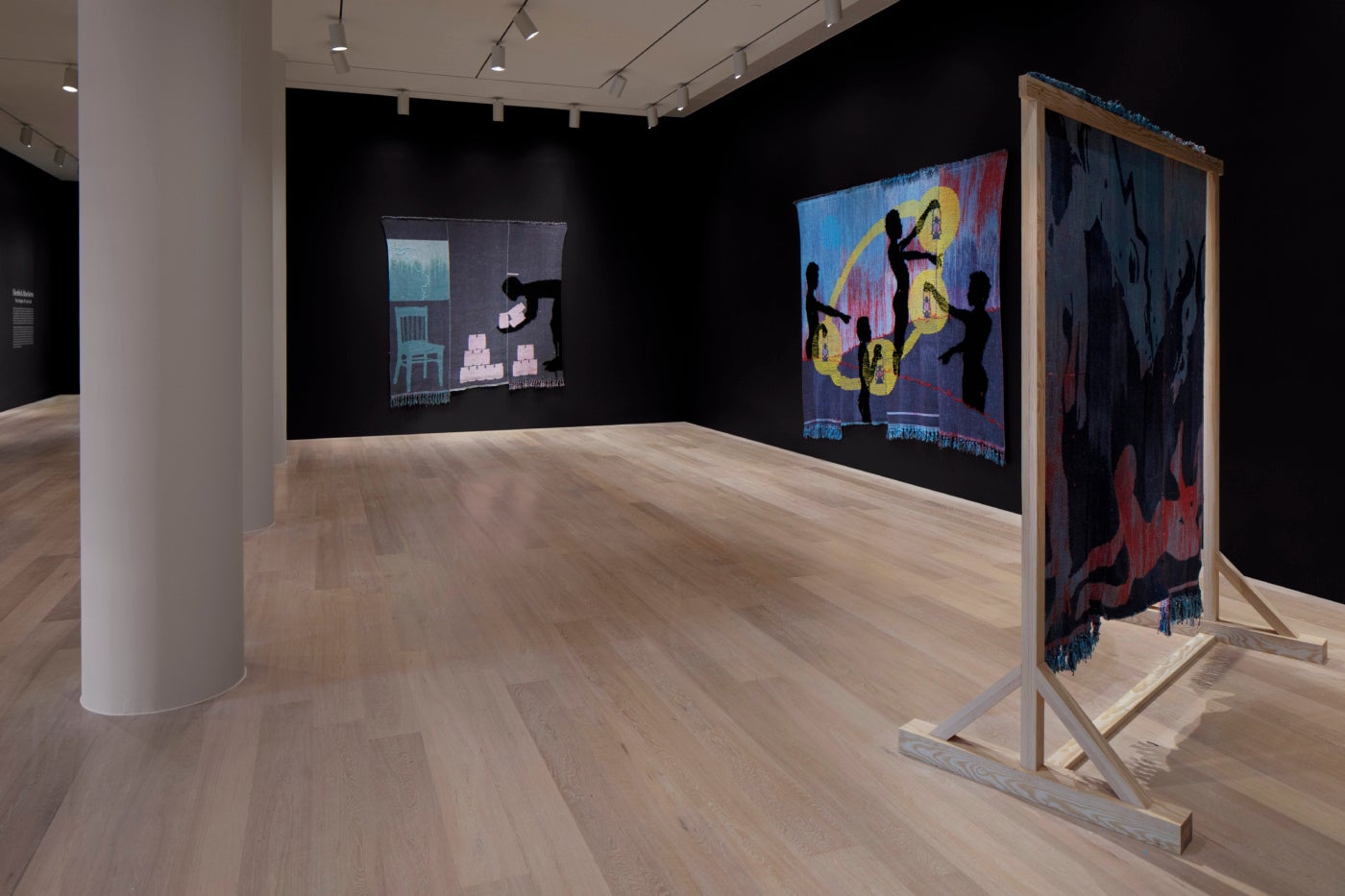
Brackens gives attention to detail in a way that makes these flattened images largely sculptural. Looking closely at the weave of the yarn, various colors are layered in contrast to one another to reveal intricate details. Several works, like ceremonies (2025) and through the summer triangle (2021), are suspended to display both the front and back of the tapestries with different images on each side. Loose strands of yarn are scattered across the picture plane, giving the tapestries a rough, unfinished appearance. Panels are stitched together like patchwork. Some edges are embellished with tassels while others are left seemingly unfinished. This detail captures an asymmetry that appears both intentional and worn, like a much-loved textile heirloom passed through generations.
The exhibition highlights many newer works where Brackens explores woven gradients. In a pond, a promise, a prayer (2025), hues of pinks and blues set the backdrop for a repeated pattern of catfish silhouettes in indigo. Floating in the center of the frame is a black body surrounded by the catfish. Toward the top of the frame is a white line that marks the horizon, and above it a cloud-like pattern. It appears as if the body is floating in the water with the fish, while the head remains above water. The catfish is a symbol of ancient wisdom or cultural heritage.
In shadows spell my name (2025), four figures, woven in black, are connected through a ring of light. Each figure holds a lantern surrounded by a circle of light woven in lemon yellow. Similar to other works, the background is a nondescript gradient landscape of blue and pink hues. Three of the figures have arms outstretched, guiding or directing each other. The poetic interconnectedness appears almost celestial.
In undergrowth, understory (2025), a black figure has their arm stretched out, reaching towards three other hands outlined in indigo. The silhouette against large banana leaves suggests a continued reflection of the collective in nature. Brackens uses natural imagery and a rich symbolic language to bridge the past with the future.
Contemporary artists around the world have turned to textiles as a way of creating a dialogue between craft and concept. Other textile artists like Erin M. Riley and Yann Gerstberger create commentary on modern day society. While Diedrick Brackens builds on ancestral knowledge, what these artists share are deep ties to the process of creation that connect where one is coming from to where one is going.
